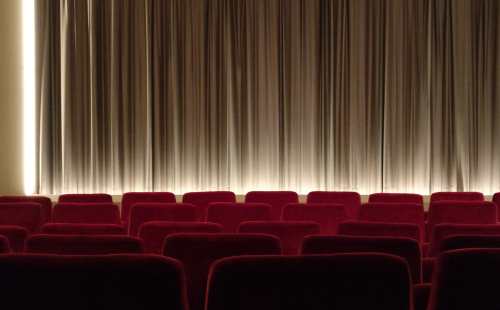Cinema: what is IMAX?
Technology at the service of films

From the very early days, with Georges Méliès, to the advent of IMAX, technology has constantly been reinventing cinema, seeking to make the viewers’ experience ever more unique. To take one of the most recent examples, the IMAX format enables incredibly sharp images, sound and colours that magnify films…
Cinema down the ages
In 1895, the Lumière brothers organised the first collective projection of photographic films on a big screen. At the end of the same year, Louis Lumière directed and released his first fictional film, L’Arroseur arrosé (‘Tables Turned on the Gardener’). Amazed by what he saw, Georges Méliès grabbed a camera and went on to revolutionize cinema, with films lasting 14 minutes (as opposed to the standard 50 seconds).
Driven by its most fervent enthusiasts to ever more innovative and original ideas, cinema has gradually been transformed by the emergence by new technologies , including IMAX :
- Reel to reel projectors were replaced by digital projectors;
- Silent cinema made way for the ‘talkies’ with the arrival of the chronophone, then the chronomegaphone, before being supplanted by stereo sound, digital sound and Dolby Atmos (allowing for up to 28 tracks);
Screens grew larger and became convex, and their specifications were modified, so as to include, for instance, micro-perforations to improve picture quality.
The incredible contribution of IMAX technology to films
Did you know that IMAX stands for Image Maximum? This technology uses a 70 mm film surface, as opposed to 35 mm, giving images incredible clarity and sharpness, as well as very rich depth of field and use of colour. Thanks to IMAX technology, audiences can be totally immersed in a film.
Legend has it that the camera technicians who worked on Christopher Nolan’s movie The Dark Knight had to undergo special training, to make their arms strong enough to shoot in IMAX: the IMAX camera weighs 38 kilos! Marvel Studios is very fond of this technology too.
As it constantly evolves, it is important to draw a distinction between IMAX 2D, which provides high image quality at the cinema and IMAX 3D, which works in the same way but projects two films simultaneously onto the screen. Also worth noting is IMAX DMR, which is used to remaster films not originally shot in IMAX.
There is no doubt that today, this technology offers real added value for films. With it, we can all enjoy cinema even more, where emotion is key: fear, laughter, anxiety, surprise, amusement, horror, joy, and so on, all have their moment as images unfold, enhancing the pleasure and the thrill of cinema-goers!
Visit the Kinepolis online box office to order some cinema tickets as a gift for your employees. While it may seem a little traditional, this gift is sure to hit the spot – no matter what their profile or role is. Better yet, it’s great for any occasion, be it a birthday, Christmas, or saying thank you…
By Amandine Schosseler
Kinepolis is a leading player in Europe and has cinemas in Luxembourg, Belgium, France, Spain, Switzerland, Poland and most recently in Canada. Besides its cinematographic activity, Kinepolis is also active in the field of advertising and events.
Amandine has been supporting professionals since June 2013 with the aim of providing them with personalized follow-up through the solutions offered by Kinepolis: conference rooms, seminar rooms, private screening with or without reception, advertising, sponsorship, etc.
Tel.: +352 42 95 11 13 / Mail: business.lux@kinepolis.com









